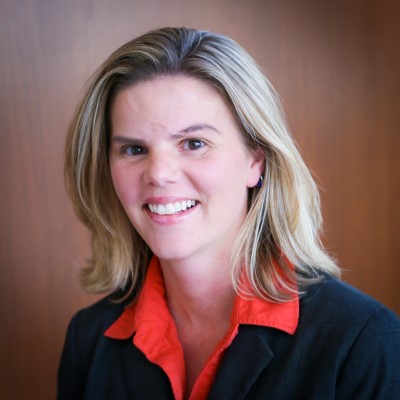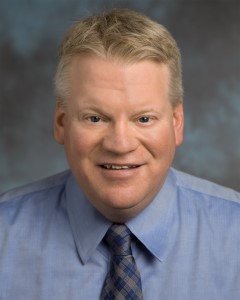In 2019, we volunteered to be co-chairs of the steering committee for the National Stormwater Symposium and we are excited about the location (Leslie’s hometown of Cincinnati) and the prospect of meeting in an area where stormwater management is moving into the 21st century!
We received more than 160 abstracts and several workshop and session proposals. The steering committee has pulled together a jam-packed program with three workshops and 17 technical sessions. We will also host a tour of an innovative large-scale green infrastructure installation in Cincinnati. Here are some other highlights:
- Get a “behind the scenes” look at the Metropolitan Sewer District of Greater Cincinnati’s Lick Run Greenway project, a $90 million stormwater management and CSO reduction project in Cincinnati. This is a driving and walking tour with stops at key elements of the Greenway, including a forebay, headwaters, mile-long stream channel, pond, and outfall into the Mill Creek, a tributary of the Ohio River.
- We also recommend you come early and visit Sanitation District No. 1 just across the Ohio River. The Public Service Park features a self-guided tour of more than 10 best management practices for controlling stormwater runoff. The park also features three interactive art sculptures that help reach people with different learning styles.
- We had an impressive number of international abstracts proposed this year, and when you attend the symposium, you will have an opportunity to hear from Australia and New Zealand with our first-ever international “Stormwater Worldwide” technical session. In addition, you will hear about stormwater management in Sweden and Ethiopia and we also have presentations from our neighbors to the south and north, Mexico and Canada. What a bonus for attending-- you will be able to network with your current colleagues while building your network internationally!
- There are a wide range of technical topics covered including resiliency, sustainability and innovative technology. In addition, you can take part in the free Post-Conference Special Seminar on Quantifying and Monetizing Co-Benefits of Green Stormwater Infrastructure the morning of March 18.
The Symposium doesn’t have to be all work and no play. Reunite with old stormwater friends and colleagues during the day and take an evening to explore Cincinnati’s downtown and riverfront. Downtown has several unique restaurants and bars to enjoy and the city is home to more than 50 breweries.
We want to thank the effort of this year’s steering committee and WEF staff for pulling together such a great technical program. Registration is now open for the National Stormwater Symposium in Cincinnati, March 15-17. You can find more information about the event at www.wef.org/NationalStormwater.



 John Phillips began working for Parametrix in 2019 and he is the Director of Integrated Watershed Management, an approach to natural resources and infrastructure development in watershed planning, management, restoration, and climate change adaptation. Prior to Parametrix, John worked for King County, Wash., managing the Combined Sewer Overflow Control Program. Over his 19-year career, he has managed and developed the Green Stormwater Infrastructure and Climate Change Adaptation programs. His climate work has been referenced in both the IPCC and National Climate Assessment reports. He is a past president of the Pacific Northwest Clean Water Association.
John Phillips began working for Parametrix in 2019 and he is the Director of Integrated Watershed Management, an approach to natural resources and infrastructure development in watershed planning, management, restoration, and climate change adaptation. Prior to Parametrix, John worked for King County, Wash., managing the Combined Sewer Overflow Control Program. Over his 19-year career, he has managed and developed the Green Stormwater Infrastructure and Climate Change Adaptation programs. His climate work has been referenced in both the IPCC and National Climate Assessment reports. He is a past president of the Pacific Northwest Clean Water Association.